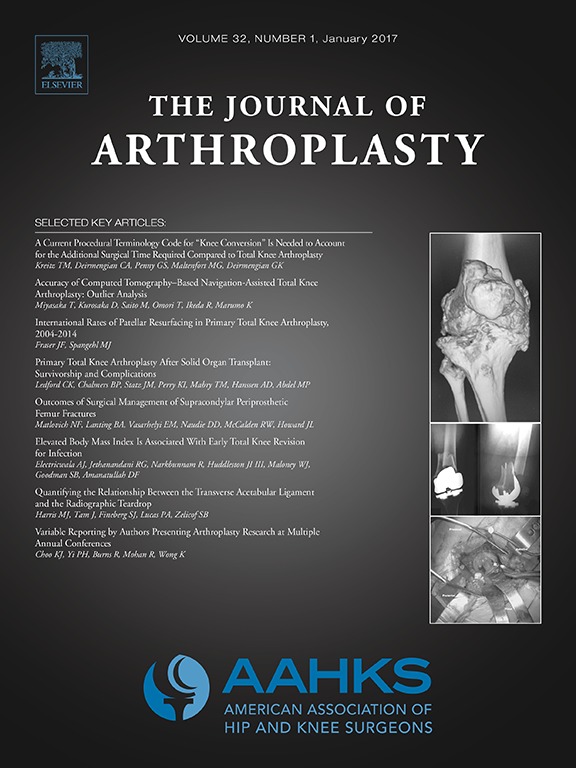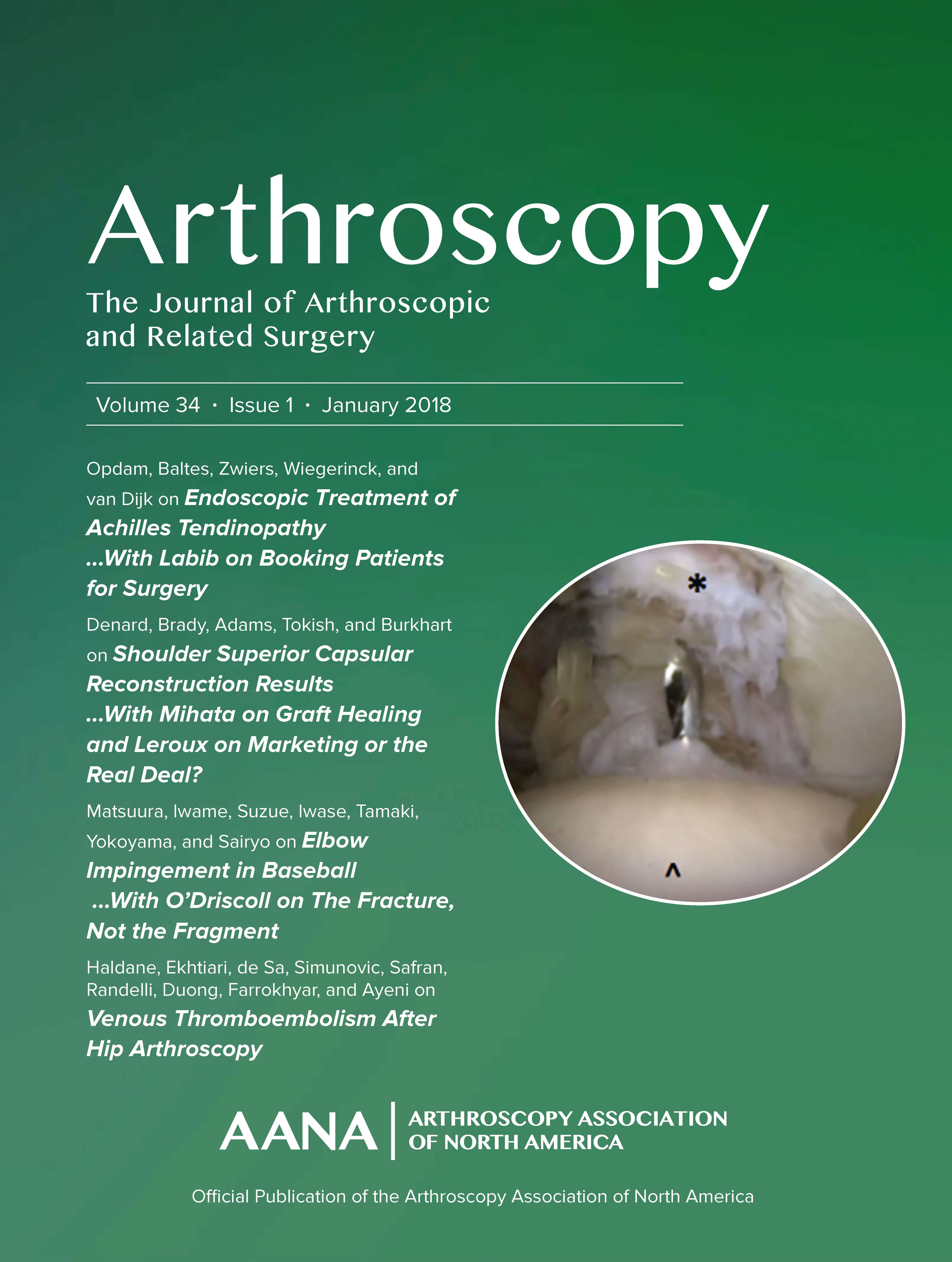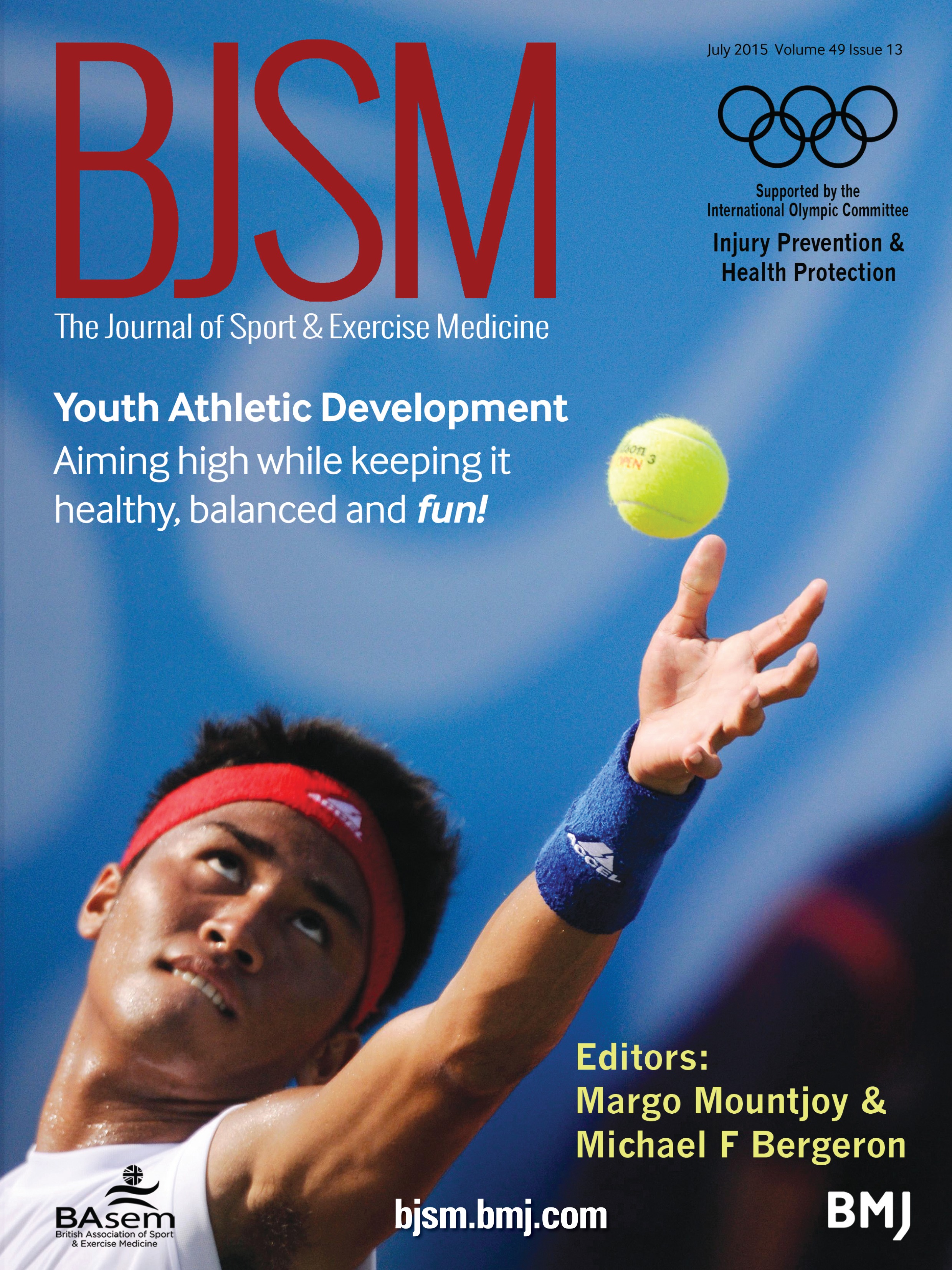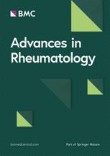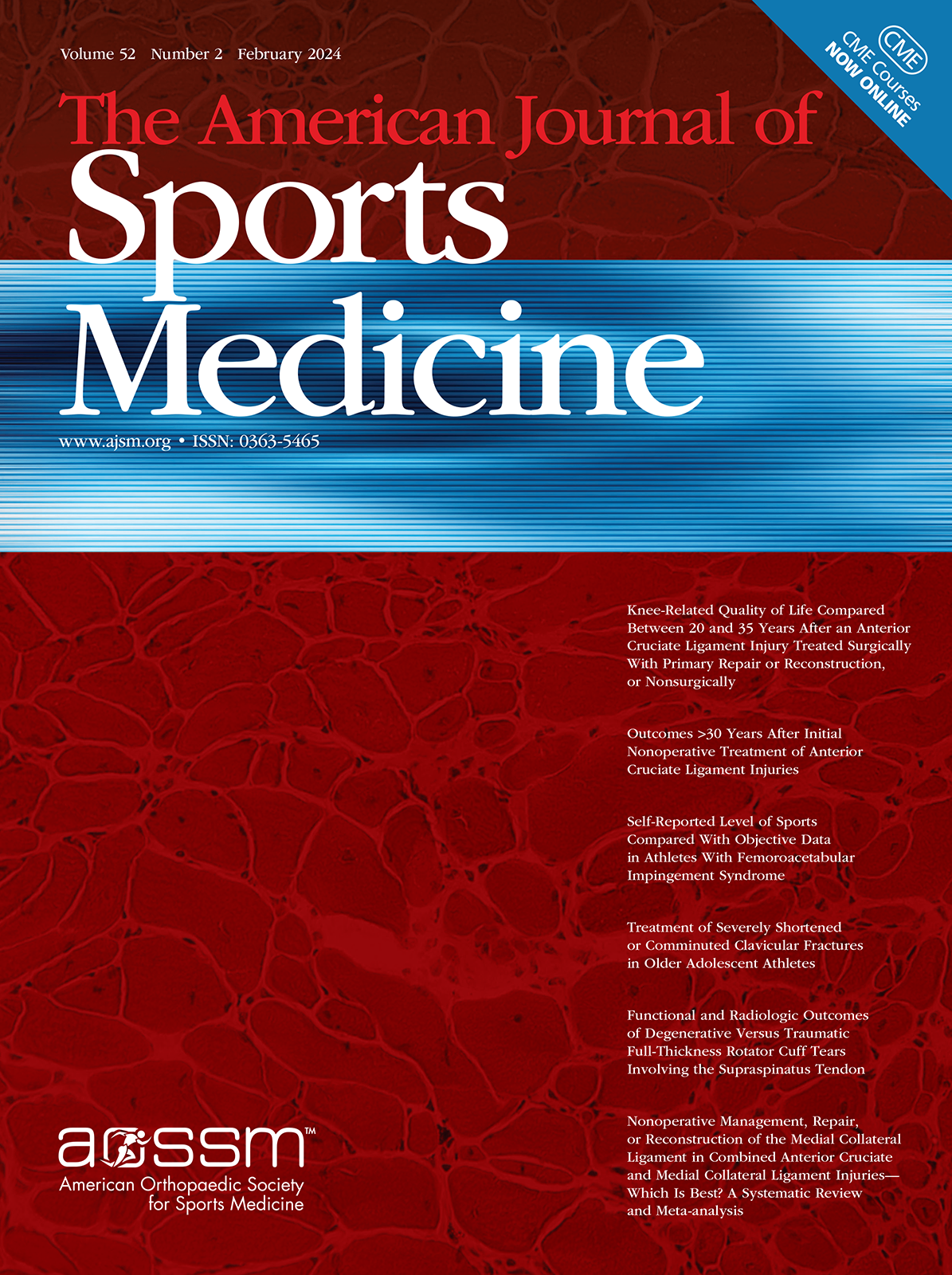PeerView
You are viewing the most viewed ACE Reports by Orthopaedic Surgeons over the last 30 days in all specialties.
Displaying
100%
①
Synopsis:
Four hundred and thirty eight patients undergoing inpatient primary TKA at 11 centers were randomized to receive 4 mg (n = 146), 8 mg (n = 147), or 16 mg (n = 145) of intraoperative IV dexamethasone, all within an identical multimodal analgesia/anesthesia protocol including neuraxial anesthesia, adductor canal block, periarticular injection, and standardized oral analgesics.The primary outcome was cumulative opioid consumption in oral morphine milligram equivalents (MME) over the first 48 hours postoperatively.Secondary outcomes included daily opioid use to 7 days, pain at rest and with activity, nausea scores, vomiting episodes, sleep duration, postoperative day 1 (POD1) glucose, length of stay, and 90-day complications.Outcomes were assessed with a 7-day patient diary and chart review through 90 days.Overall, the results of the study revealed that 16 mg IV dexamethasone modestly reduced early opioid consumption (particularly vs 8 mg), improved pain at rest and reduced vomiting within 24 hours, but increased POD1 glucose in a dose-dependent fashion without increasing short-term complication rates. These findings suggest...
Read More »
Level 1 RCT
①
Synopsis:
One hundred and twenty-one patients undergoing a hip arthroscopy procedure were randomized to receive 90 days of automated text messages on post-operative instructions and general health guidance (n=57) or no added intervention (n=64).Outcomes of interest included pain and physical function on the Hip Disability Osteoarthritis Outcome Score (HOOS), patient compliance, and patient satisfaction with the intervention.Results revealed no significant differences between the two groups in pain, physical function, or compliance at 90 days. Patients who received...
Read More »
Level 1 RCT
①
Synopsis:
One hundred and sixteen patients with displaced femoral neck fractures were randomized to receive hemiarthroplasty via the anterior approach (AA) (n=58) or the lateral approach (LA) (n=58).The primary outcome was function at 6 weeks on the Barthel-20 Index.Secondary outcomes included EQ-5D, pain (VAS; plus 5-day opioid use), length of stay (acute and to rehab discharge), complications (medical and implant-related), readmissions/ED visits, and mortality.Outcomes were assessed at 2, 6, 12, and 24 weeks.Overall, the results revealed no between-group differences for the primary outcome (both groups mean 15.8 at 6 weeks; P=0.98) or for secondary patient-reported outcomes, resource use, complications, readmissions, or mortality; operative time was modestly longer with AA and cement mantle quality was worse. In short, AA...
Read More »
Level 1 RCT
①
Synopsis:
One hundred twenty patients with symptomatic tibiofemoral knee osteoarthritis (Kellgren–Lawrence grade 2–3) were randomised to receive a single intra-articular injection of autologous micro-fragmented adipose tissue (n=60) or placebo isotonic saline (n=60) following abdominal liposuction.The primary outcome of interest was KOOS4 at 6 months.Secondary outcomes included KOOS subscales (Pain, Symptoms, ADL, Sports/Recreation, QoL), Tegner activity score, proportion achieving the KOOS4 MCID, treatment failure, return to work and sport, adverse events, and treatment-related discomfort, assessed at 3, 6, 12, and 24 months.Overall, the results of the study revealed no statistically significant or clinically important between-group differences in KOOS4 at any time point (6-month between-group difference in change 1.7, 95% CI −3.6 to 7.1; p=0.52), nor in Tegner scores or other secondary outcomes, although both groups showed substantial and sustained improvements from baseline over 2 years. These findings suggest...
Read More »
Level 1 RCT
①
Synopsis:
12 randomized controlled trials (788 patients) comparing the use of a minimally invasive medial midvastus approach (MMV-TKA) versus the standard medial parapatellar total knee arthroplasty (MP-TKA) were included in this systematic review and meta-analysis.Outcomes of interest included the Knee Society Score (KSS), knee pain on a Visual Analog Scale (VAS), knee function on a Normalized Function Scale, knee range of motion (ROM), time to straight leg activity, incidence of loose outboard support belt use, operative time, length of stay, blood loss, and incidence of postoperative complications.KSS scores, VAS pain scores, and knee joint flexural activity at 3 months, and days of straight leg raises were significantly better in the MMV-TKA group.Operative time was significantly shorter in the MP-TKA group. All other outcomes...
Read More »
Level 1 Meta Analysis
①
Synopsis:
Sixty patients with primary knee osteoarthritis were randomized to receive intra-articular ozone therapy at 40 µg/mL (n=20), 20 µg/mL (n=20), or oxygen as control (n=20).The primary outcome was pain reduction, measured by the Visual Analog Scale (VAS) and WOMAC pain subscale.Secondary outcomes included functional mobility (WOMAC function, FROM, TUG, and 6MWT).Outcomes were evaluated at baseline, two weeks, one month, and two months post-intervention.Overall, both ozone groups showed significantly greater reductions in pain and improvements in function compared to the control, with no significant differences between the two ozone concentrations. The findings suggest...
Read More »
Level 1 RCT
①
Synopsis:
Ninety-eight patients with for anterior cruciate ligament (ACL) rupture were randomized to receive a quadrupled semitendinosus (ST-only) graft (n=49) or a doubled semitendinosus–gracilis (ST/G) graft (n=49); one ST-only patient was converted intra-op and excluded.The primary outcome was IKDC-Subjective score.Secondary outcomes included KOOS subscales, Tegner Activity Score (TAS), KT-1000 side-to-side laxity, Lachman and pivot-shift grades, sports/activity participation, and need for secondary surgery (including revision).Outcomes were assessed pre-op, 2 years, and again at a median of 8 years (range 5–10).Overall, the results of the study revealed no between-group differences at long-term follow-up for IKDC (ST 81.7 vs ST/G 82.1; p=0.93), instrumented or clinical stability, KOOS subscales, or revision rates; however, cyclops removal was more frequent with ST/G (p=0.014).Both groups showed large, durable improvements from baseline. These findings suggest...
Read More »
Level 1 RCT
①
Synopsis:
Five hundred thirty-five patients undergoing elective primary Total Hip Arthroplasty (THA) were randomized to cutaneous closure with staples (n=268) or sutures (n=267).The primary outcome was SSI (<6 weeks).Secondary outcomes included prosthetic joint infection (PJI, <1 year), other wound complications (prolonged discharge, dehiscence, necrosis; <6 weeks), and length of stay.Outcomes were assessed during admission, at discharge, then at 2 weeks (removal), 6 weeks, 3 months, and 1 year.Overall, the results of the study revealed a higher—nearly significant—SSI rate with staples and a clearly higher rate of early wound complications, driven by prolonged discharge; PJI did not differ. These findings suggest...
Read More »
Level 1 RCT
①
Synopsis:
Forty-two sport-active patients with chronic insertional Achilles tendinopathy were randomized to low tendon compression rehabilitation (LTCR; n=20) or high tendon compression rehabilitation (HTCR; n=22).The primary outcome was VISA-A at 12 and 24 weeks.Secondary outcomes included patient satisfaction, return-to-sport, pain on hopping (VAS-HOP) and during ADLs (VAS-ADL), single-leg heel-raise repetitions, and ultrasound tendon thickness; outcomes were assessed at baseline, 12, and 24 weeks.Overall, the results of the study revealed larger VISA-A gains with LTCR at both 12 weeks and 24 weeks, alongside higher satisfaction and better pain metrics. In short, limiting...
Read More »
Level 1 RCT
①
Synopsis:
Seventy-six patients with traumatic anterior shoulder dislocation were randomized to receive Tang’s method (n=40) or the Hippocrates method (n=36).The primary outcome of interest was reduction success rate.Secondary outcomes included reduction time, pain (VAS) before/during/after reduction, and ASES scores at one, three, and six months.Outcomes were assessed up to six months.Overall, the results of the study revealed that Tang’s method achieved a 100% success rate vs 80.6% with Hippocrates and markedly shorter reduction time (≈71 s vs ≈412 s).Moreover, pain during and after reduction was lower and functional recovery (ASES) was superior at all follow-ups with Tang’s method. These findings suggest...
Read More »
Level 1 RCT




 LOGIN
LOGIN


